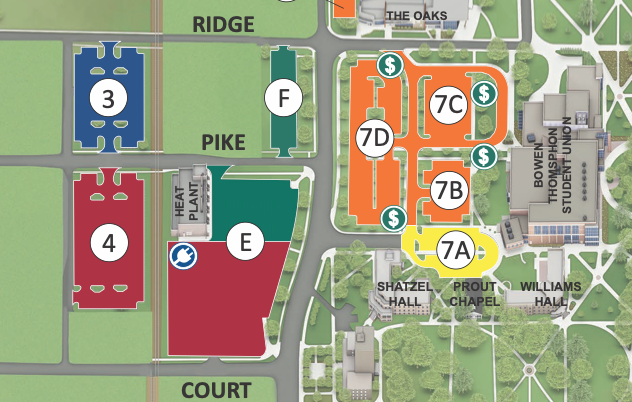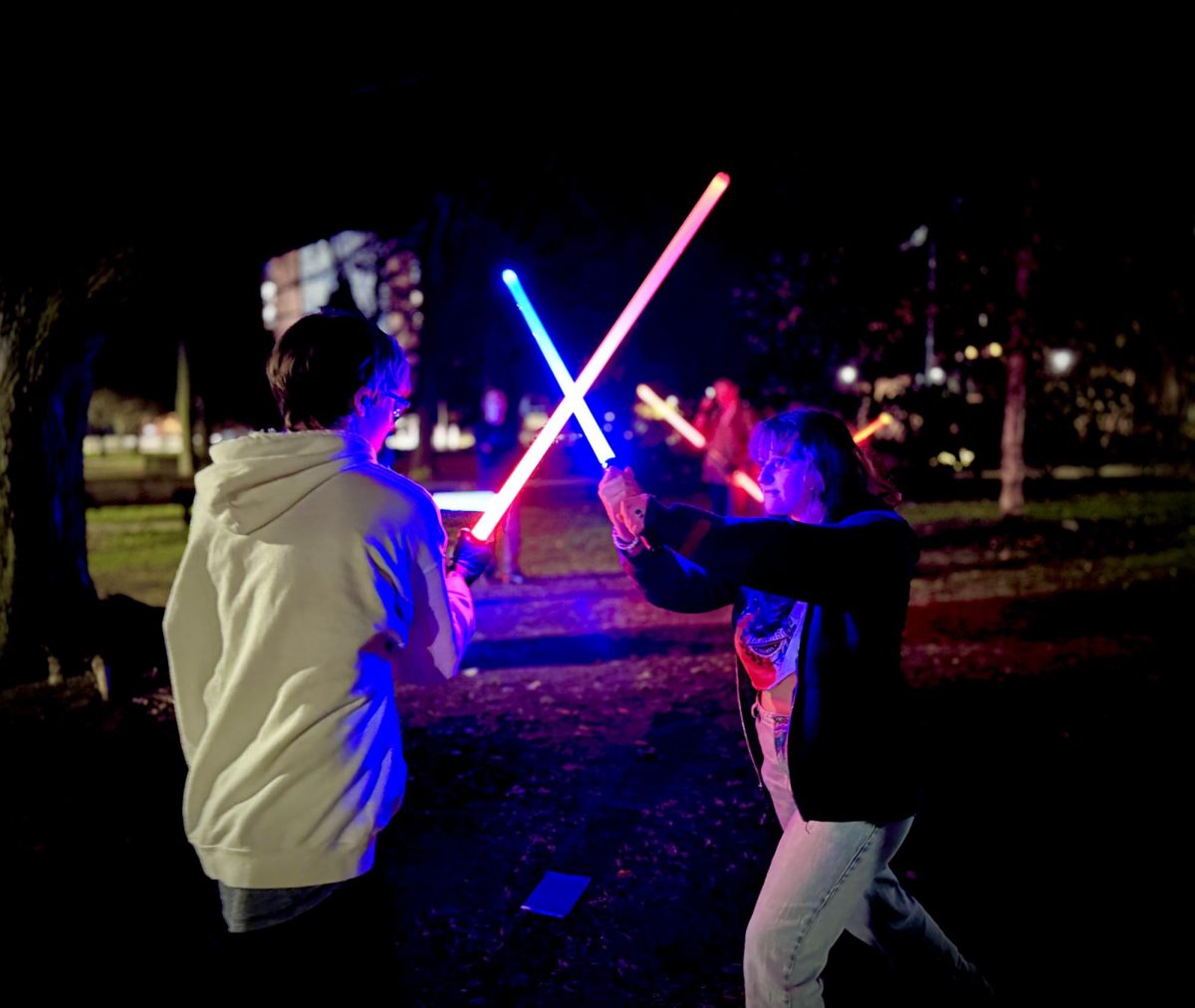Fourteen student leaders came together on Oct. 7, 2013, to make a change, not for themselves, but for the students and generations that will follow them.
That meeting, which was deemed an “emergency” meeting among Black Student Union executives, Latino Student Union executives and others, is where the roots for the document “Call To Action” began.
The meeting was called after a Twitter handle named “Pat Falcon” sent harassing tweets to BSU’s Twitter account, accusing them of being a black supremacist group.
“The tweets were a catalyst for the demands and starting Call To Action,” said current President of BSU Greg Harrison. “The tweets were basically attacking underrepresented student groups. I think it was clear that students don’t truly understand multiculturalism, we thought something had to change.”
Before they could make the changes they wanted, they discussed a few things: how they felt about the events from that semester and what their tone would be.
They knew about the “Not in Our Town” movement already, but as a group they felt like it was time for something different.
“This tweet incident wasn’t the first incident of the semester and we didn’t see anything done by NIOT or any other group that should have responded,” said senior Adriana Darris, who was involved in the drafting of Call To Action. “I think that was our main reason we didn’t collaborate with NIOT.”
Once they decided about the tone they wanted, they began drafting all five of the demands were.
“It is literally a Call To Action,” Harrison said. “We appreciate NIOT, but we wanted to take a different stance because I think we needed to move past telling people these things are unacceptable. We felt like it was time to move past the awareness piece and execute.”
Execute is what they did as they did not hesitate to meet with the student body about what they came up with. They held a meeting Oct. 8, 2014 on the second floor of the Union to inform anybody that would come about their movement.
To advertise the last minute meeting, they sent email blasts to everyone they could and posted on Twitter. The advertisements helped bring more than 100 people made up of students, administrators, faculty and staff.
In that meeting they informed people of their five demands that call for more diversity in multiple areas including a multicultural building.
“I think we got a lot of attention for it,” said Amara Huddleston, senior, marine biology major involved in the drafting of Call To Action. “I think that having students over something that powerful, that organized and that great has been really important. At the same time I think we do get overlooked a little bit because we are students …. not everybody overlooks us but some people.”
There is one person in particular who the group thought overlooked them and that person is President Mary Ellen Mazey.
The group met separately this past year with Mazey, Chief Equity and Diversity Officer, Barbara Waddell, and Vice President of Student Affairs, Jill Carr.
They left that meeting frustrated, not by what was said in the meeting but from the impression they received from Mazey.
“I think one of our issues with our meeting with President Mazey was that it didn’t seem like she had read the document. It seemed that she was patting us on our back and acknowledging us for our efforts yet she was the one that we are demanding things from,” Darris said. “We were very frustrated when we left to see that this fresh president, whose job is essentially to serve us, isn’t taking us seriously.”
Although they felt frustrated from Mazey, they did get guidance from Carr and Waddell.
“(Carr and Waddell) were very helpful in helping and guiding us to who we would need to meet with,” said Kevin Lewis, senior and former president of Black Student Union.
For Lewis, who won’t be around to see all of these demands executed at the University, it reminds him of older minority organizations that fought for change.
“This reminds me of all the multicultural organizations from the 70s that inspired us,” he said. “I wouldn’t be here if it wasn’t for the BSU. The fact that they did something without knowing who I am, but still did it is enough for me.”
Each of these students from different backgrounds came to this University for different reasons, but each of them have come together for a common cause.
When asked whom this document is written and speaks for the group of nine students sitting in the Union multicultural lounge gave a collective “everyone.”













